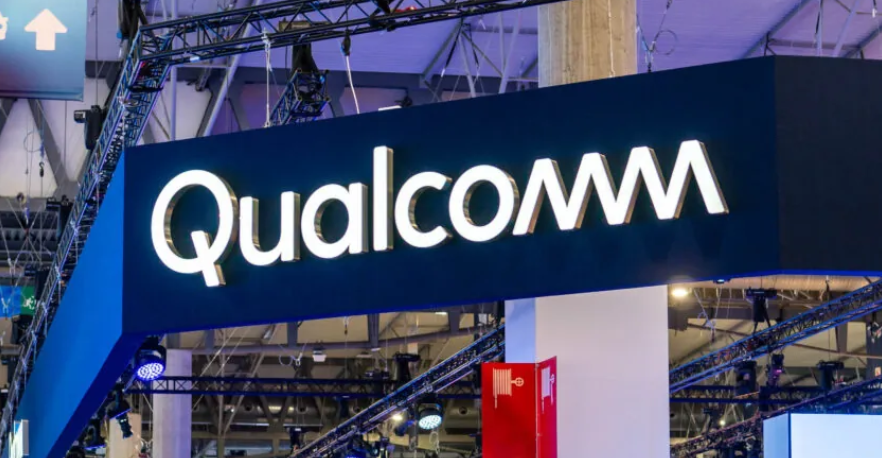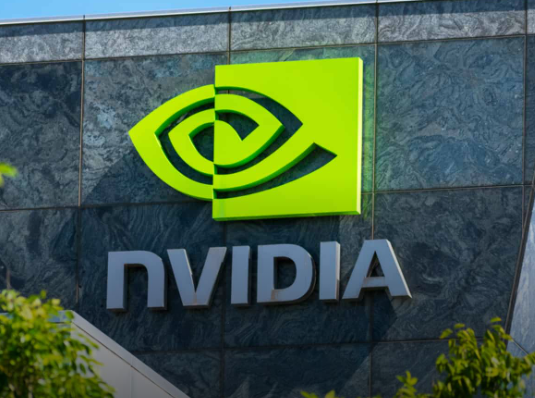In 2024, the top ten chip design companies in the world will have a combined revenue of approximately US$249.8 billion, of which the top five companies will contribute more than 90% of the total revenue. IC design giants such as Nvidia, AMD, Qualcomm, and MediaTek are actively developing their layouts in the four key markets of mobile phones, AI PCs, automobiles, and servers. The surging wave of AI is expected to reshape the development pattern of the semiconductor industry.

Qualcomm demonstrated the 8775 platform at an auto show. It uses a heterogeneous computing architecture of CPU+NPU+GPU. A single chip supports 4K multi-screen interaction, high-speed NOA navigation and real-time control of the vehicle body, and the system bandwidth reaches 154GB/s.
Qualcomm also demonstrated the latest achievements in the implementation of key technologies, intelligent experience upgrades, and industry ecosystem co-construction with many automotive industry ecosystem partners. Qualcomm and Desay SV announced that they will jointly create a series of combined driving assistance solutions. The two parties will adopt a "same set of hardware, two sets of algorithms" cooperation model to accelerate the popularization and implementation upgrade of safe and reliable driving assistance functions in the global automotive industry.

NVIDIA is committed to consolidating its advantages in the fields of data centers, AI, and HPC, and its product layout in the server field presents the characteristics of multi-level and full-scenario coverage. Among NVIDIA's GPU accelerator card products, there is the H100/B100 series for AI training, which adopts the Hopper/Blackwell architecture, integrates the Transformer engine and FP8 precision computing, and improves AI training performance by 3 times compared with A100. The B200 chip has a computing power of 20 petaFLOPS (FP4) and supports 10 trillion parameter model training; there are also A40/RTX 4090 for reasoning and graphics rendering, and the T4/L4 series that focuses on energy efficiency.
The global chip market faces both challenges and opportunities. As the core of the semiconductor industry chain, chip design is ushering in a new round of technological and ecological model changes. Technological innovation, product iteration and industry chain collaboration are important "weapons" for manufacturers.
